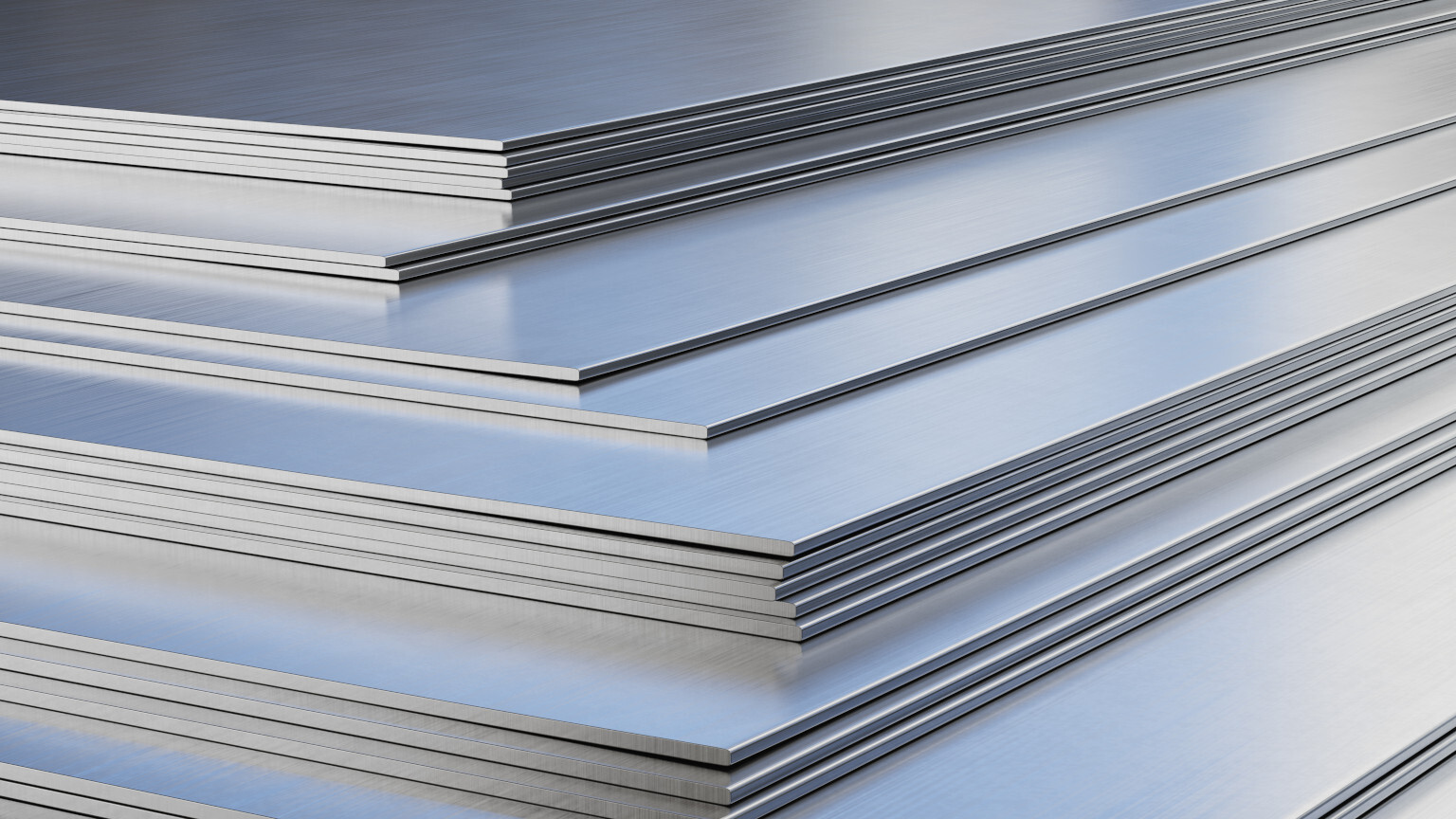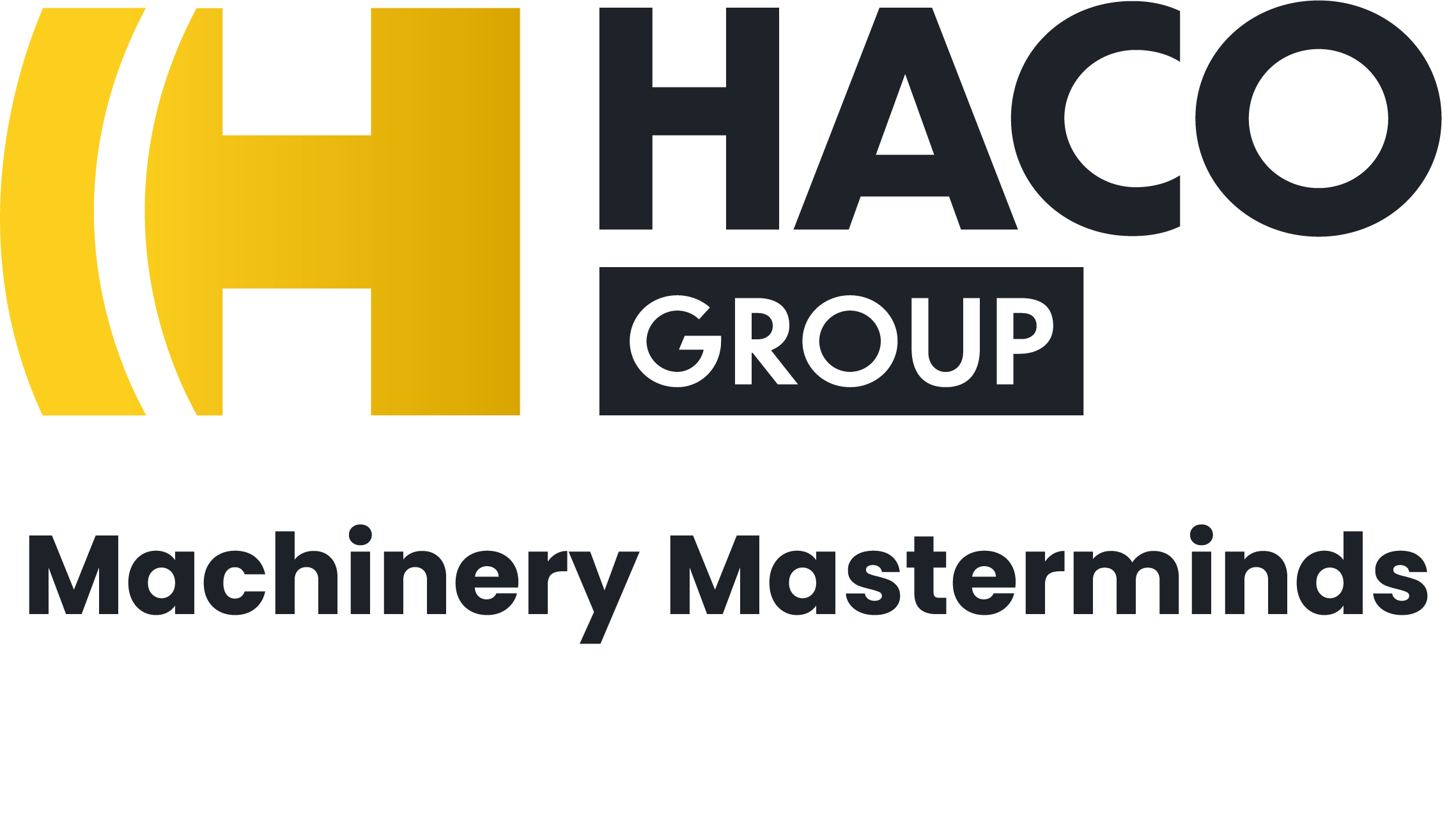Suggerimenti per la manutenzione delle cesoie idrauliche HACO

In HACO, sappiamo quanto sia importante mantenere le vostre cesoie idrauliche in condizioni eccellenti per un funzionamento regolare.
La manutenzione regolare è fondamentale: è il modo migliore per prevenire guasti imprevisti e aumentare le prestazioni della vostra attrezzatura. Un po' di attenzione può fare la differenza per garantire tagli puliti ed efficienti durante i vostri progetti di lavorazione della lamiera.
Siamo qui per aiutarvi a ottenere il massimo dalle vostre macchine, perché la vostra soddisfazione è la nostra priorità!

Trascurare la manutenzione, spesso dovuto a causa della natura affidabile dei macchinari HACO, può portare a seri problemi con le cesoie idrauliche. Questa guida offre suggerimenti essenziali per la manutenzione dei sistemi chiave delle vostre cesoie idrauliche: idraulico, meccanico ed elettrico. Seguendo questi suggerimenti, potete aumentare l'efficienza e la durata della vostra attrezzatura, mantenendo la produzione in carreggiata e riducendo la probabilità di perdite idrauliche, problemi elettrici e usura meccanica.

Key Machine Systems
Regular inspections are vital to detect potential problems early on. Here are crucial components to keep an eye on:
- Lubrication Systems: Make sure all moving parts are well-lubricated to cut down on friction and extend their life.
- Filters: Regularly inspect and replace air and oil filters to keep airflow and lubrication free from contaminants.
- Electrical Connections: Examine wiring and connections for signs of corrosion or wear that could lead to electrical issues.
- Blades and Hoses: Keep an eye on the blades and hoses for cracking or fraying, which could cause breakdowns if not dealt with quickly.
Suggested Schedule
Daily Maintenance
- Cleaning:
- Clear away metal shavings and debris around the machine to prevent contamination and improve visibility in your workspace.
- A clean area not only looks good but also helps avoid accidents.
- Inspection:
- Take a moment for a visual check of the shear, looking closely at blades, hydraulic hoses, and moving parts for any signs of wear or damage.
- Be attentive to any unusual noises during operation that might indicate developing issues.
- Safety Checks:
- Confirm that all safety guards are in place and working.
- Give emergency stop buttons and safety sensors a quick test to make sure they're functional.
- Lubrication:
- Follow the manufacturer's recommendations when applying lubricant to moving parts to reduce friction and increase the lifespan of the components.
Weekly Maintenance
- Operational Checks:
- Spend some time testing the shear's functions to ensure everything moves smoothly and effectively.
- Make sure the shear responds accurately to inputs, allowing for fluid and precise actions.
- Hydraulic System Inspection:
- Look for leaks in hydraulic lines, confirming that all connections are secure and free from wear.
- Monitor hydraulic fluid levels, topping off as required to maintain peak performance.
- Assess hydraulic filters for clogs or contamination, replacing them when cleanliness standards are not achieved.
Monthly Maintenance
- Comprehensive Cleaning:
- Undertake an extensive cleaning of both external and internal components of the shear, focusing on areas prone to dirt and debris accumulation, particularly near the hydraulic system.
- Utilize cleaning agents that will not harm machine surfaces.
- Calibration:
- Check that the shear blades are aligned correctly, making adjustments as needed to ensure precision cutting.
- Verify that machine settings and back gauge calibrations are accurate for optimal performance.
- Major Inspections:
- Review all mechanical components—such as gears and linkages—looking for signs of wear or damage.
- Tighten any loose bolts, nuts, or fittings to avert mechanical failures.
- Inspect hydraulic seals and replace any that exhibit wear or leaks.
Annual Maintenance
- Deep Cleaning:
- Conduct a thorough cleaning of all machine components, paying special attention to intricate areas that may not receive attention during regular cleaning.
- Professional Service Check:
- Schedule a professional inspection and maintenance service for your hydraulic shears, covering the hydraulic system, mechanical parts, and any necessary software updates.
- Comprehensive System Inspections:
- Implement a systematic evaluation of all systems, verifying that each part functions as designed, and document any needed repairs or adjustments.
- Review Operational Procedures:
- Reassess operational guidelines and safety practices to ensure that all operators are following the best safety procedures.
Ask Your Local HACO
At HACO, we pride ourselves on providing personalized support with a strong understanding of the local market. Each machine is unique, and we’re prepared to give you the tailored guidance you need.
If you have any questions or need extra help with your hydraulic shear maintenance, please don’t hesitate to reach out. Our experienced team is ready to assist you and keep your equipment running smoothly.
If you’d like to explore our products or services further or have specific maintenance questions, please contact us today!


